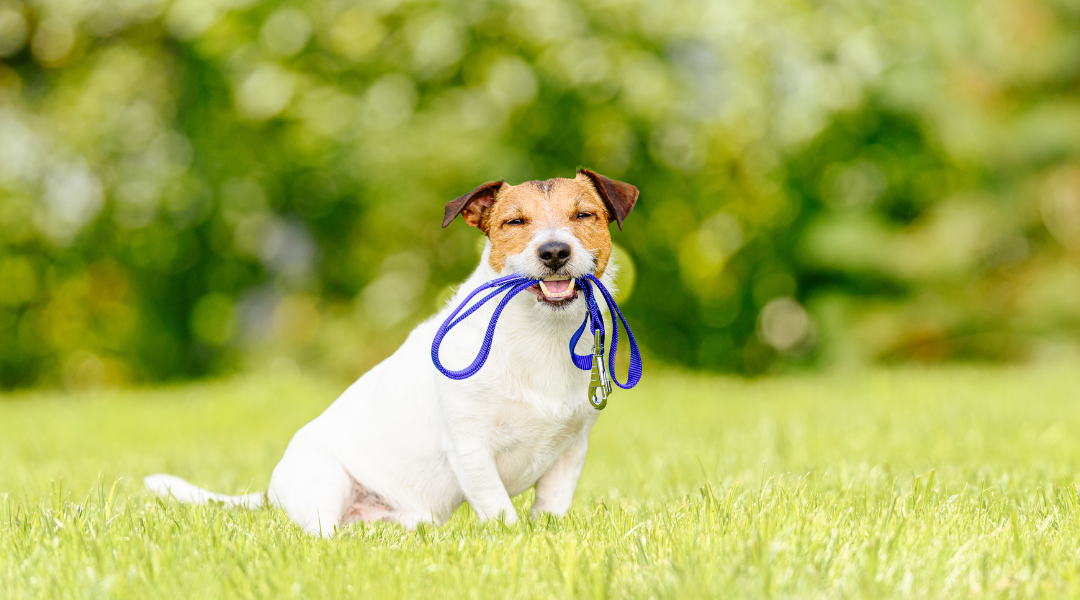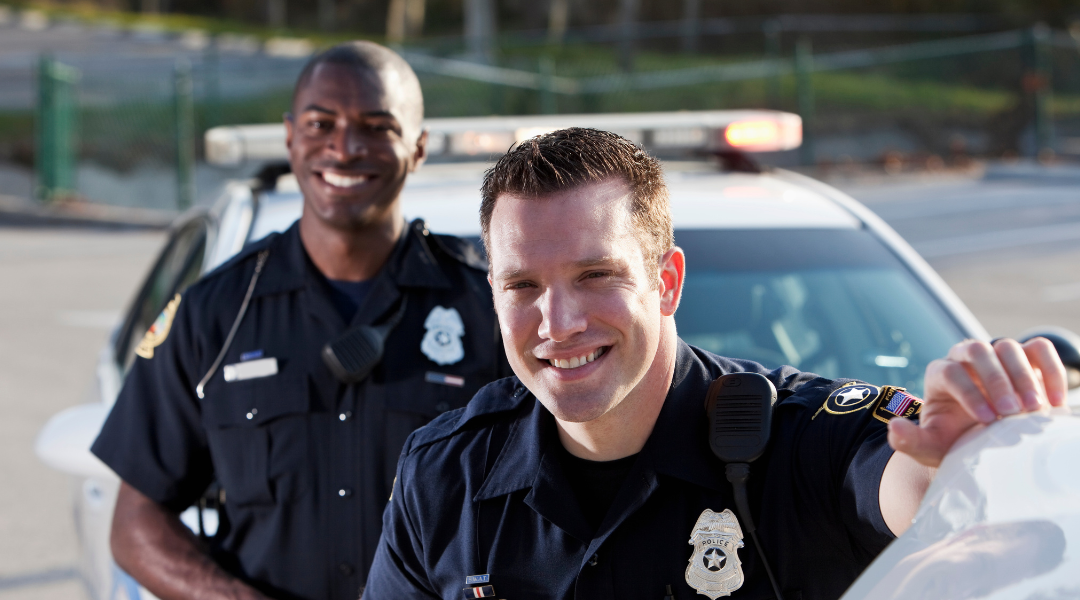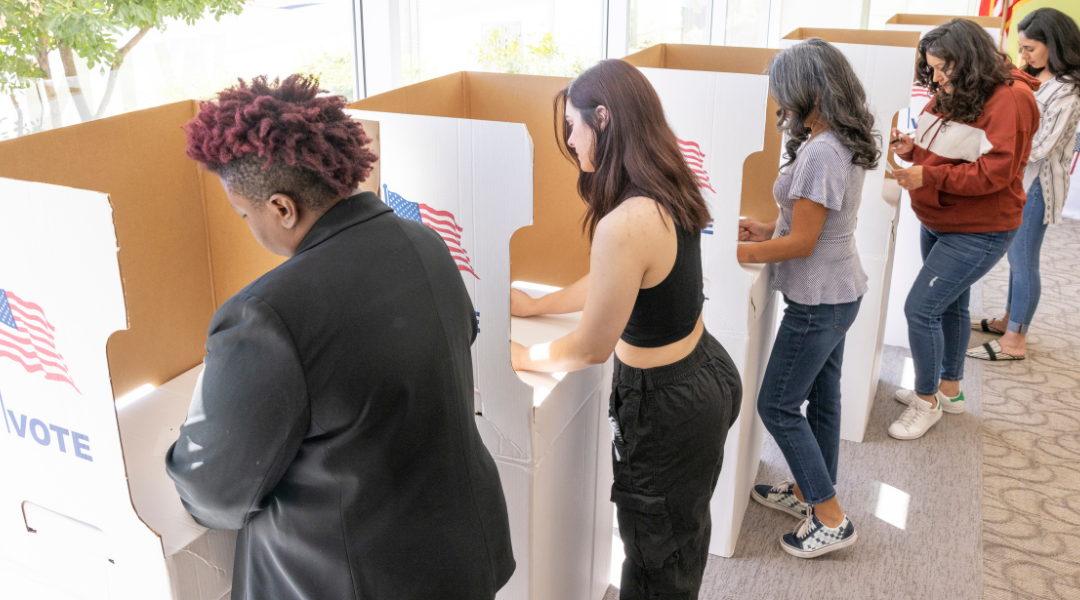We spent Saturday, December 26th, 2015, running errands. Every time we got out of the car, we commented on how the air felt "different" and "heavy." The weather forecast for the day included a high of 77 degrees with thunderstorms and potential tornadoes for North Texas arriving in the evening.
The storms arrived, roaring through North Texas, leaving Garland, Rowlett, and Blue Ridge devastated. The National Weather Service confirmed that at least nine tornadoes struck North Texas, including the greater Dallas area. Three of these were killer tornadoes. People lost their lives. Property damage was estimated at $1.2 billion, and "countless" numbers of pets were displaced from these tornadoes.
What are your plans for helping your pet survive a disaster? The following information is for dogs and cats.
HELPING YOUR PET BEFORE A DISASTER:
● Identify a safe place to take your pet.
● Purchase a crate for your pet.
● Put your name and contact info and your pet's name on top of the crate.
● Make sure your pet has identification tags. ID should include your pet's name, medical info, and contact info.
● Practice taking your pet to the designated safe place. What if your family and the crate don't fit in the safe place? You need to know that BEFORE a disaster.
● Assemble or purchase a pet first aid kit.
● Assemble a pet evacuation kit.
● Create a plan that a neighbor can implement for your pet if you are not at home when disaster strikes.
● Research pet-friendly hotels
● Get your pet microchipped and REGISTER that chip.
● Be familiar with pet shelters in case you need to find your pet or take your pet to one following a disaster. Pets are not usually allowed in human public shelters.
● Learn pet first aid and CPR.
● Download the ASPCA app. It allows pet owners to store and manage pet medical records. If you don't download the app, place a copy of your pet's medical records in a zip-lock bag and tape it to the top of the crate.
HELPING YOUR PET DURING A DISASTER:
● Never leave a pet outside.
● Take shelter with your pet.
● Be sure your pets have a collar on with ID information.
● Separate dogs from cats. Even if they normally get along, anxiety can cause animals to act abnormally.
HELPING YOUR PET AFTER A DISASTER:
● If you must evacuate, take your pet with you. Left behind pets become lost, injured, or even killed.
● Leash your pets when you go outside. Landmarks and familiar scents may be gone or altered.
● Check your yard for downed power lines, debris, or other animals.
HELPING YOUR PET COPE WITH FEAR FOLLOWING A DISASTER:
● When animals are scared or experience anxiety they want to hide. Cats like to have a home base area where all their important resources are available within a short distance. Set up a bed, food/water bowls, and litter tray within one room of the house. Dogs are instinctively denning animals; they find security in having a den-like area to retreat to so ensuring they have a bed – an open mental crate with a blanket over it is ideal. If your pet is hiding, don’t try to drag them out. Allow them to come out in their own time when they feel safe to do so.
● For severely stressed animals, discuss with your veterinarian the possibility of placing your cat or dog on anti-anxiety medication.
● Try to change your pet’s perception of the scary situation and link it with something positive, such as a favorite treat or having a game with a favorite toy. Over time this can reduce anxiety levels as the animal associates a previously scary occurrence with something pleasant.
● Anxious animals often become clingy and follow owners about. Simply ignore clingy behavior and try to interest your pet in another activity.
● Be very aware of your own anxiety and fears being picked up by your pet. Cats and dogs are masters at reading body language and absorbing stress. As much as possible, try to act calm and confident around your pets.
● Ensure all interaction with your pet is calm and non-confrontational.
● If your pet is anxious when you leave home:
1. Leave an item of your recently worn clothing to give a sense of your presence.
2. Leave a stereo or television on to aid in a sense of normality and companionship. It also helps to drown out any noises that may cause anxiety.
3. Leave interactive and food-filled activity toys to encourage mental stimulation – this naturally counteracts stress responses, and an animal that is occupied in mental activity is not easily overwhelmed with negative emotions.





































